SUMMARY
This is AI generated summarization, which may have errors. For context, always refer to the full article.
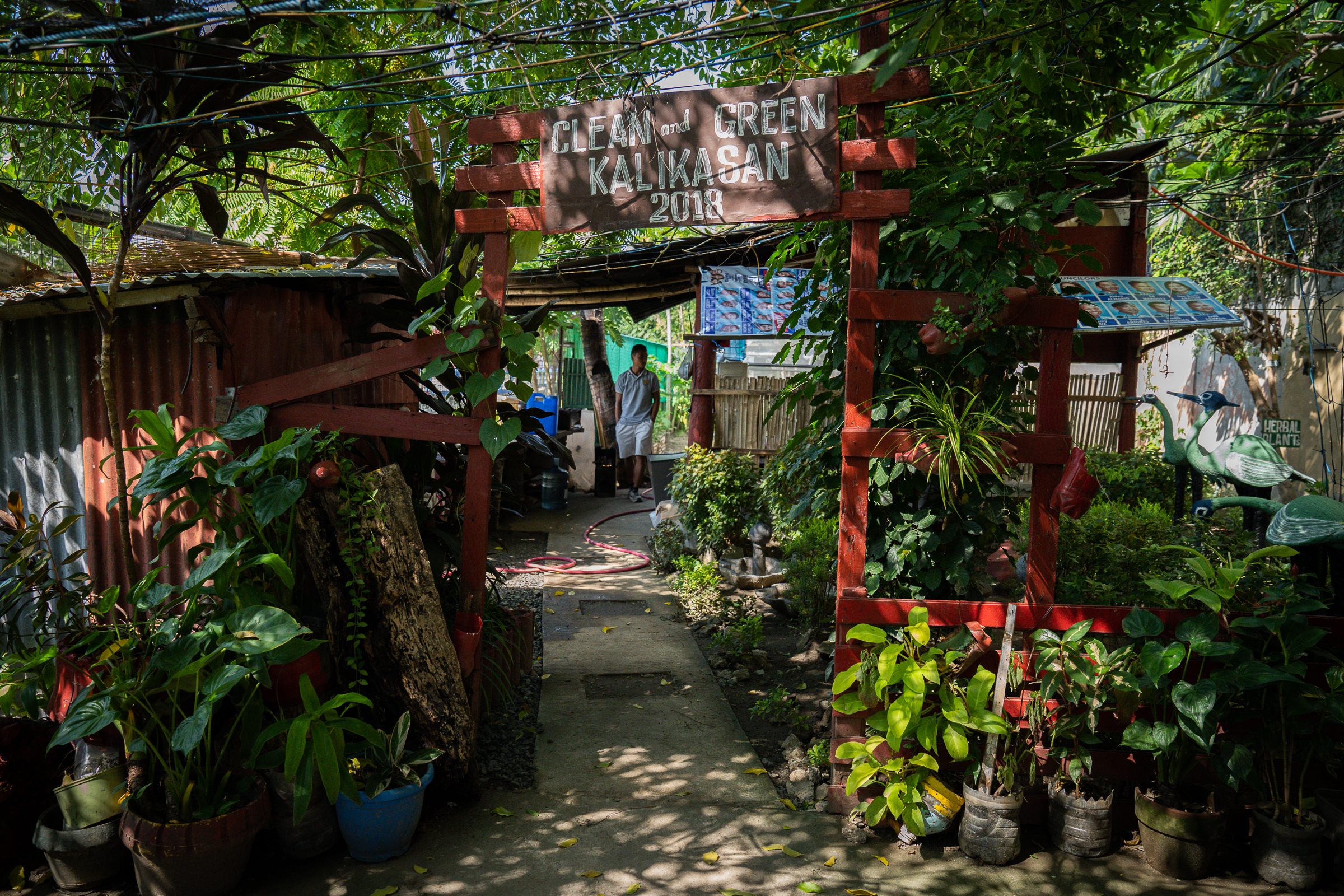
This compilation was migrated from our archives
Visit the archived version to read the full article.
They’re like the lucid version of “Doomsday Preppers.” That’s what I thought when I stepped inside this pocket of greenery hidden behind East Rembo Elementary School.
Everywhere you look, fresh edible plants like pechay, chinese kangkong, eggplant, pandan, okra, ampalaya, sili, mustasa, papaya, and even herbal plants like malunggay, tawa-tawa, ashitava, and sambong are growing.
“‘Pag nagkaroon kasi ng bagyo o kalamidad, tumataas yung presyo ng gulay kasi ang gulay nanggagaling pa sa probinsya diba? So, yung transportation niyan tumataas diba? Kaya dito sinusubukan nating magparami at magpalago ng gulay,” said Kagawad Noel Laude, head of Barangay East Rembo’s Clean and Green and Kalikasan Committee.
(When a typhoon hits, the prices of vegetables go up because they come from the provinces. The transportation costs also go up. So, we’re trying to grow and nurture our own vegetables.)
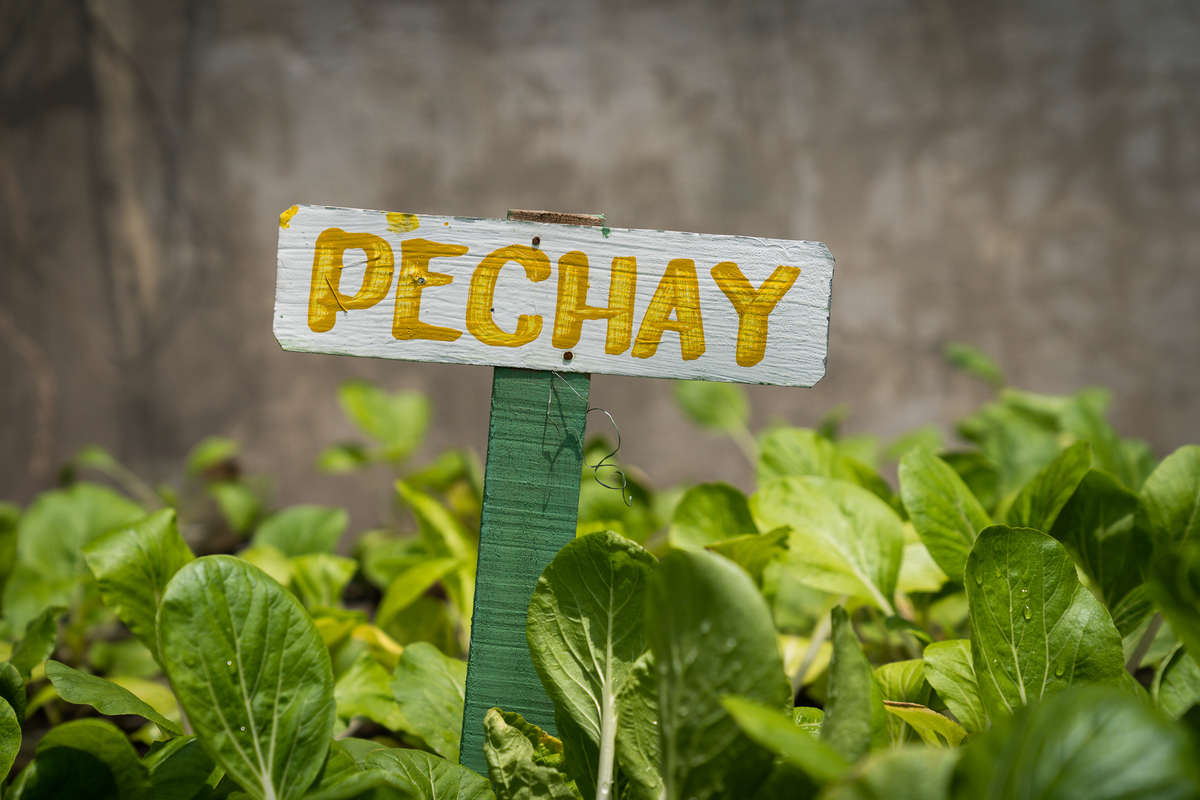

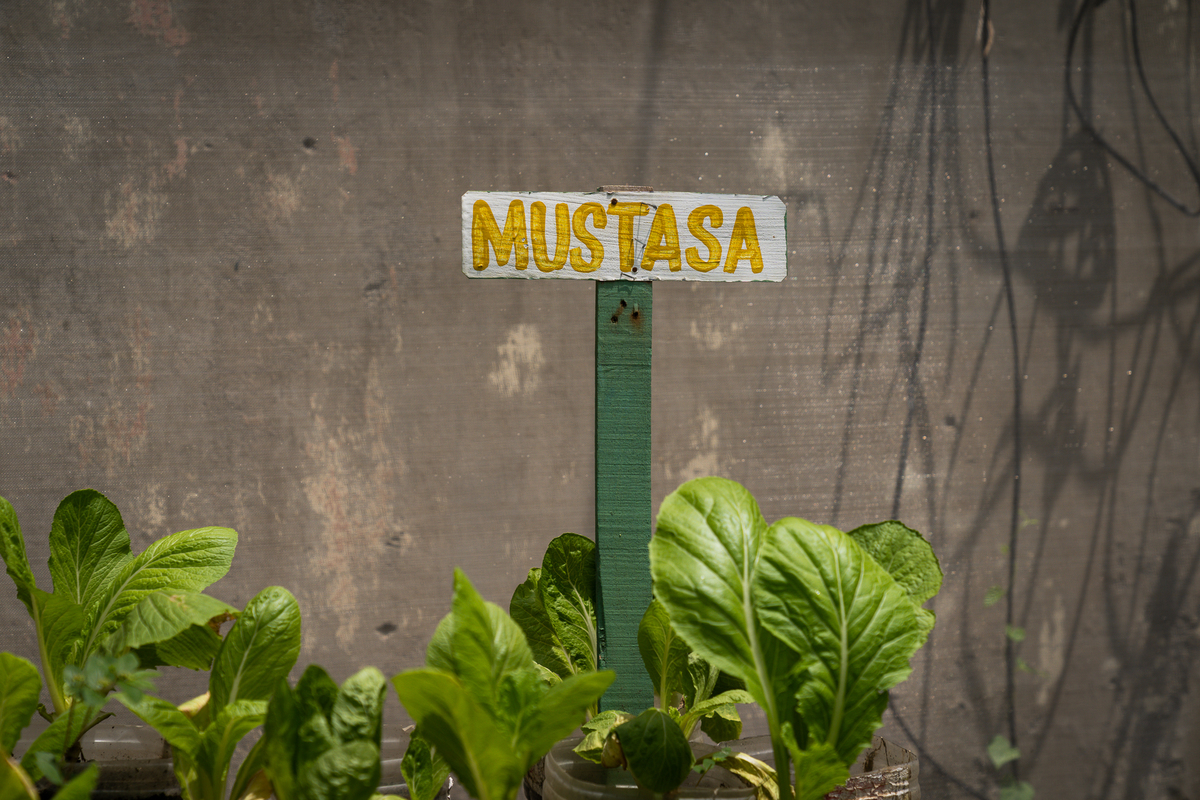
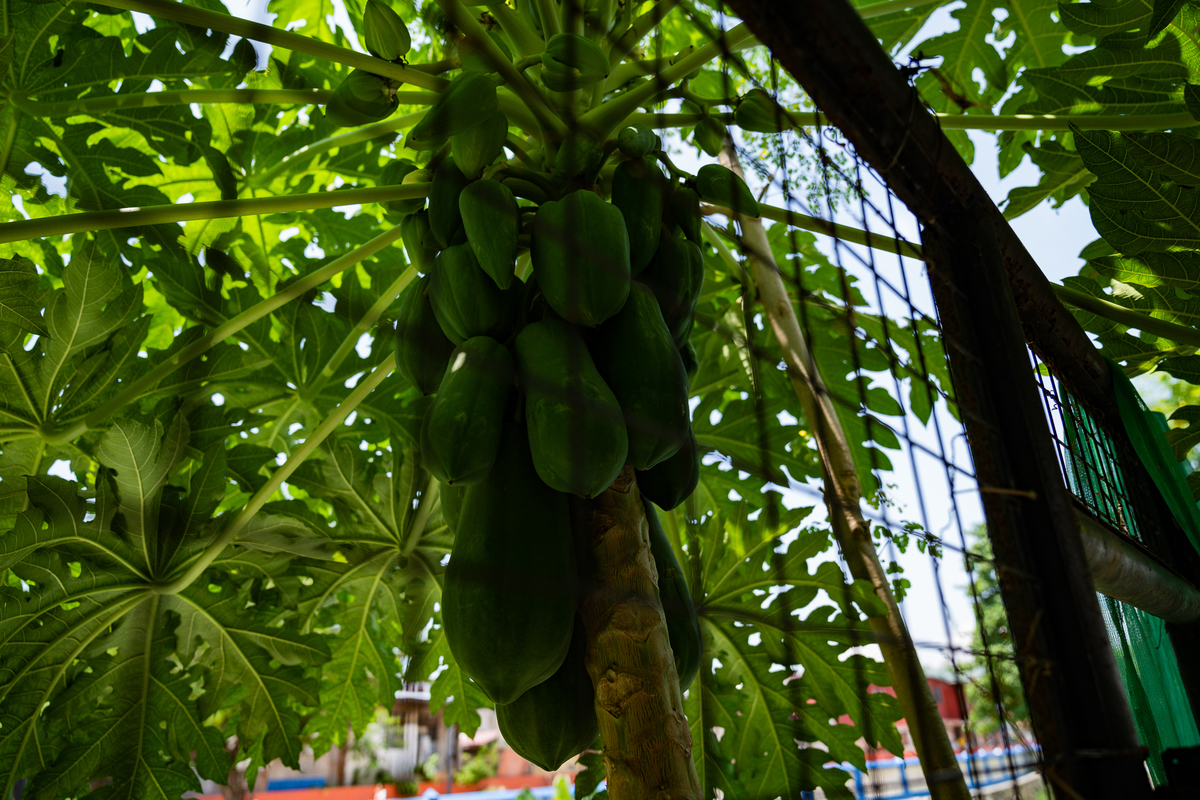
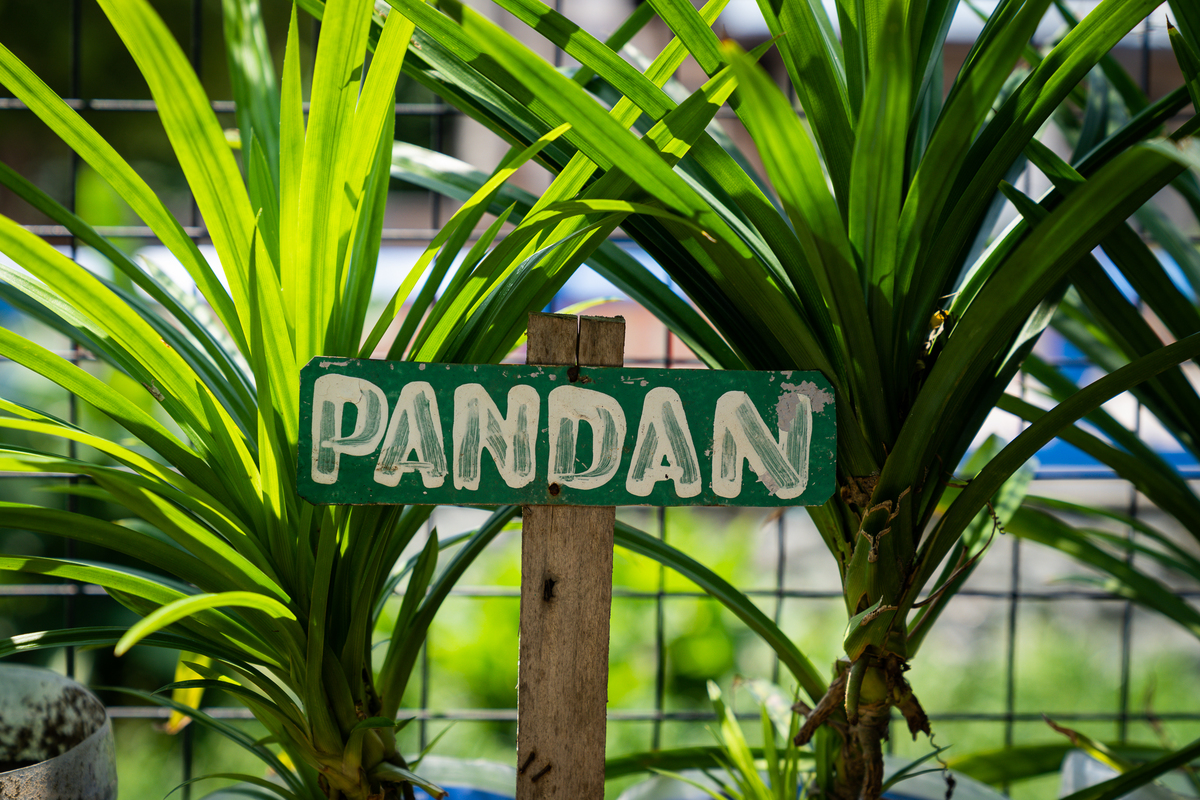
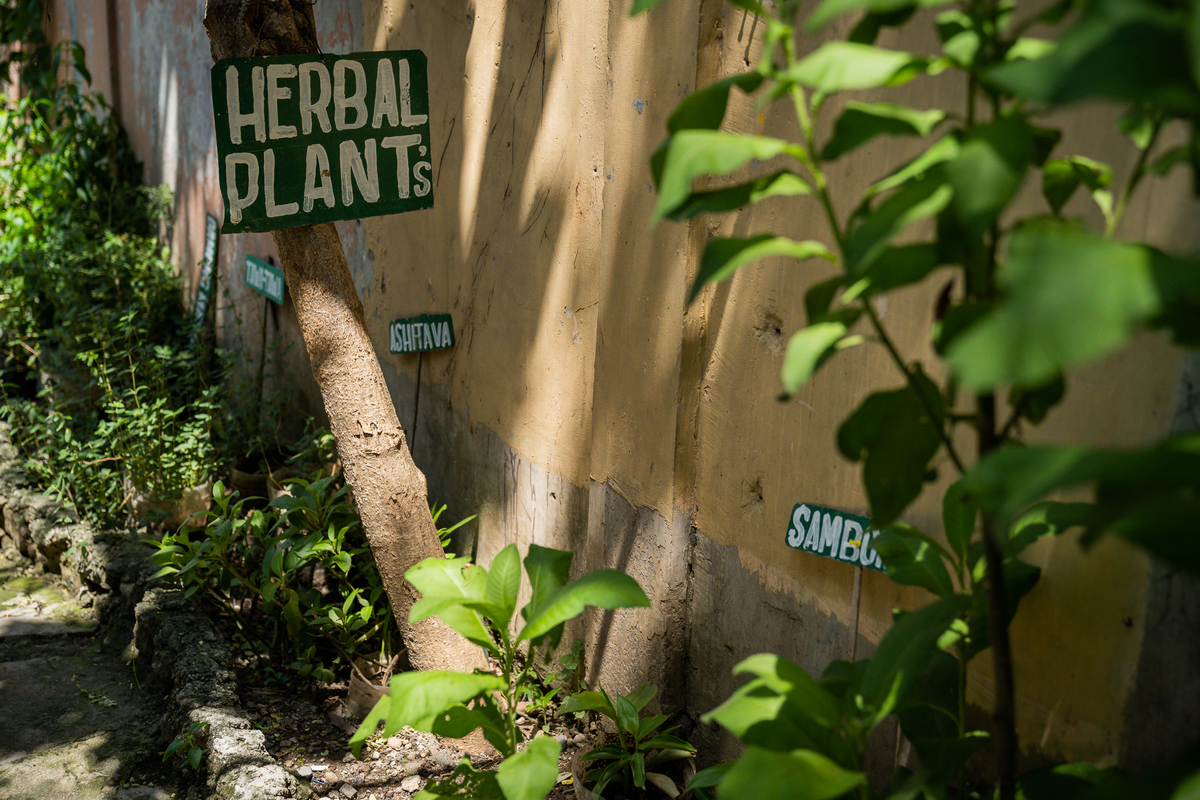
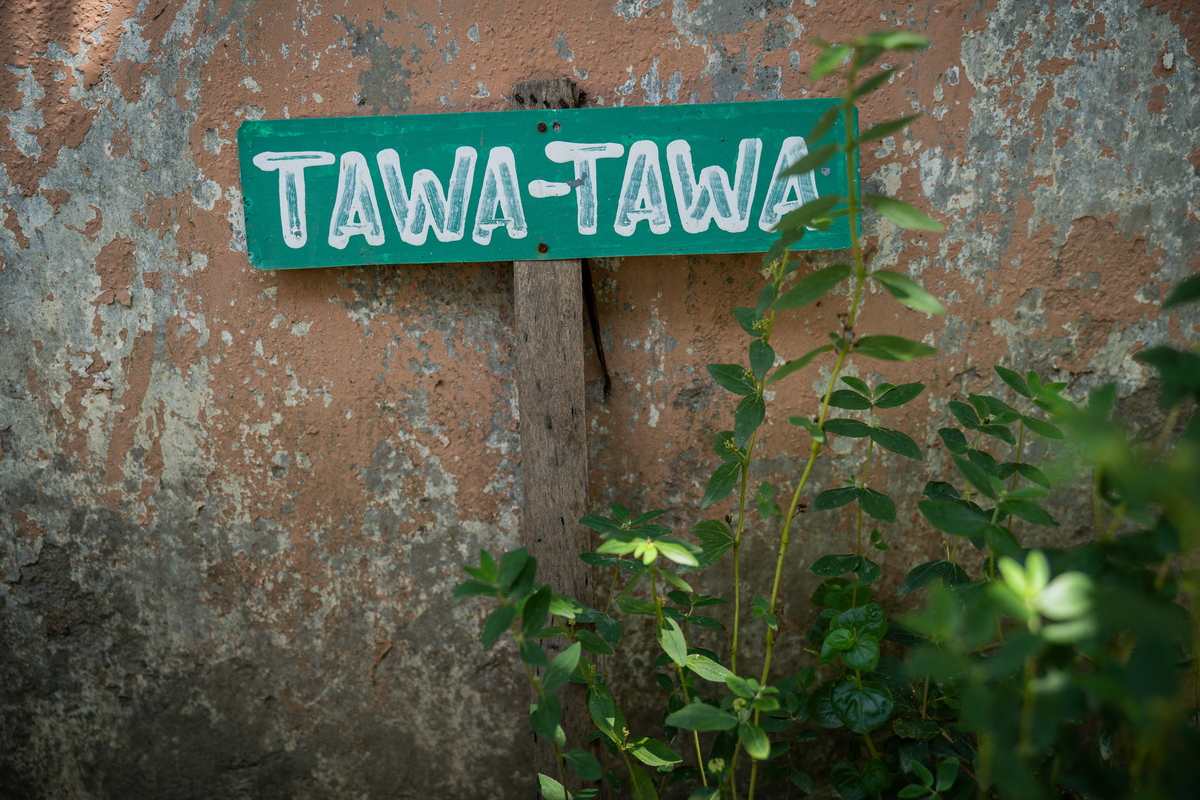
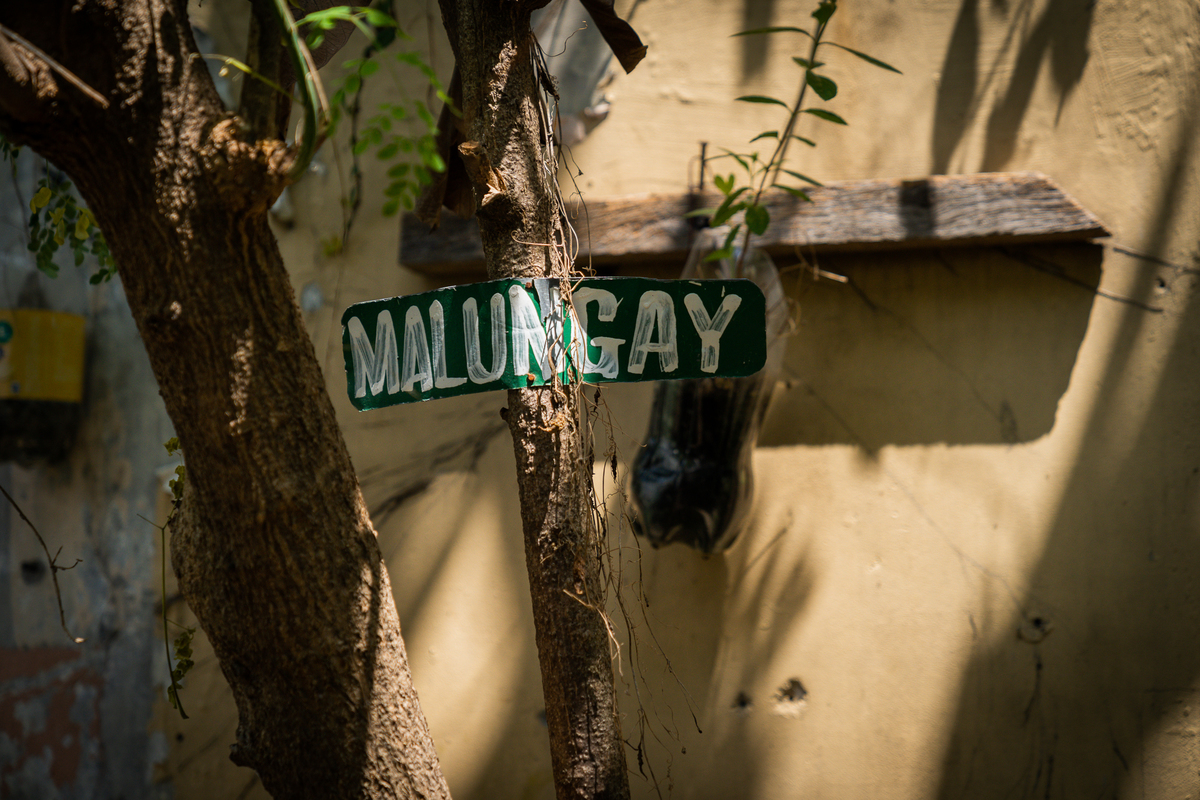
The beginnings of a barangay garden
What now is a cool, relaxing garden didn’t use to look like this.
“May mga taong nakatira dito dati. Naging squatters area. Noong nagkaroon ng clearing dito, binigyan sila ng ayuda at pabahay ng gobyerno,” said Laude.
(People used to live here. It became a squatters area. When the clearing happened, the government provided them with financial assistance and housing.)
From an area of informal settlers, the government thought of converting it into a Materials Recovery Facility (MRF) and garden.
The MRF serves many purposes. This is also where they recycle plastic trash to create eco bricks that can be used to build chairs and tables, and turn food waste into compost. They then use the compost as a fertilizer.

“Isa sa mga prioridad ng aming barangay, sa pamumuno ng aming Kapitan Thelma Ramirez, ay talagang mabawasan ang basura. So, we focus on garbage na nage-generate lalo na dito sa market, sa food, ‘yung mga karinderya natin, na di na ‘to mahahalo sa mga hinahakot,” said Laude.
(One of our priorities here in the barangay, headed by Chairman Thelma Rodriguez, is to decrease our waste. So, we focus on collecting garbage generated in the market and carinderias ourselves.)

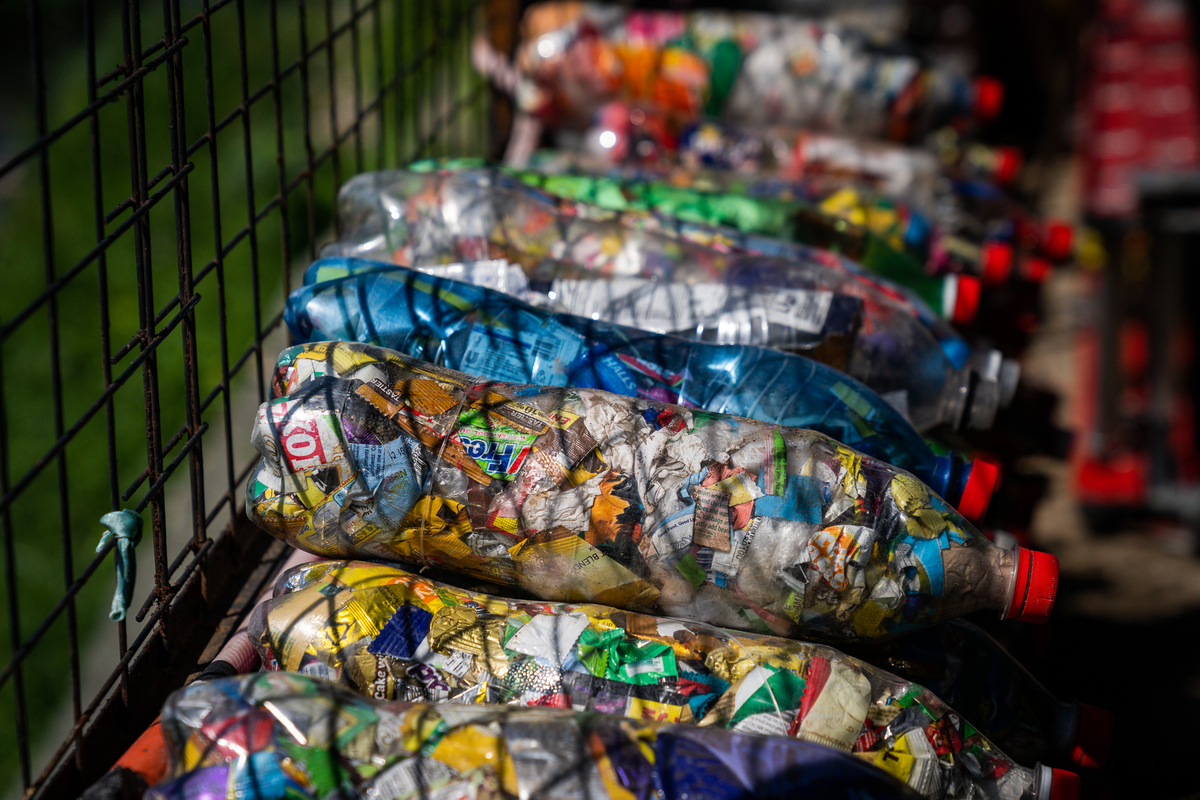
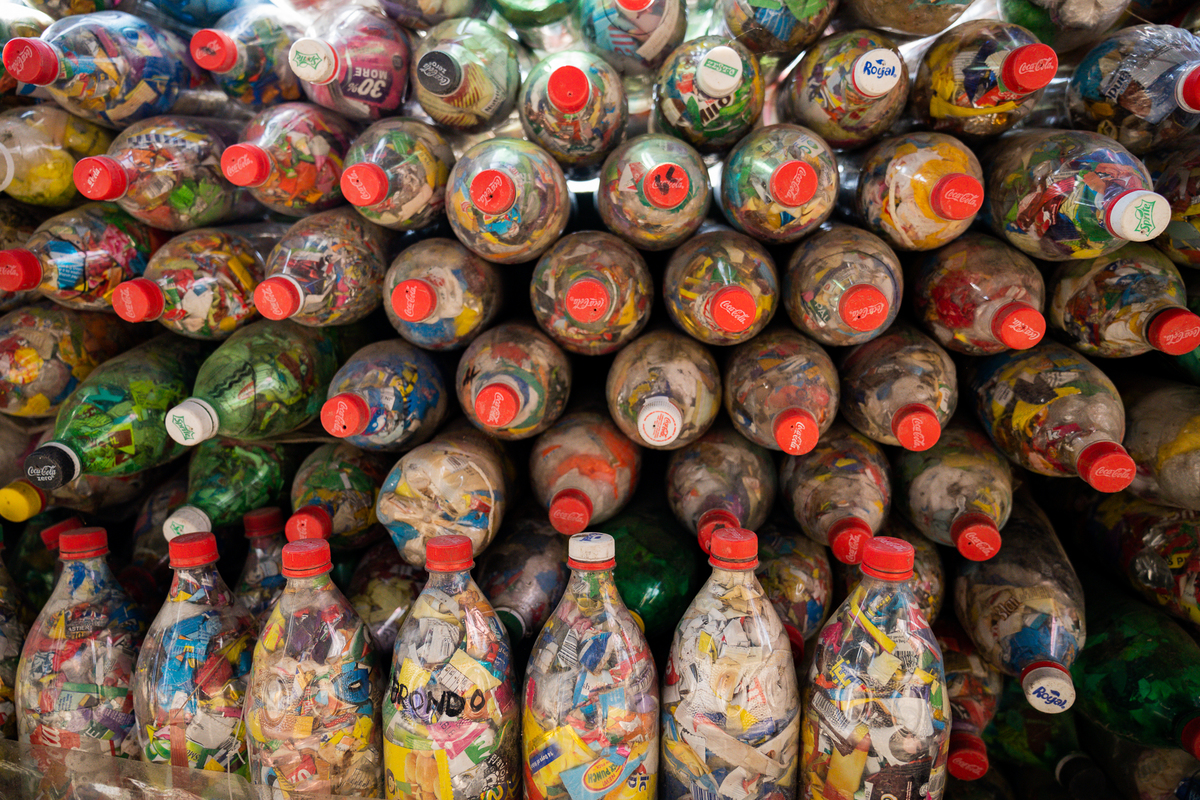
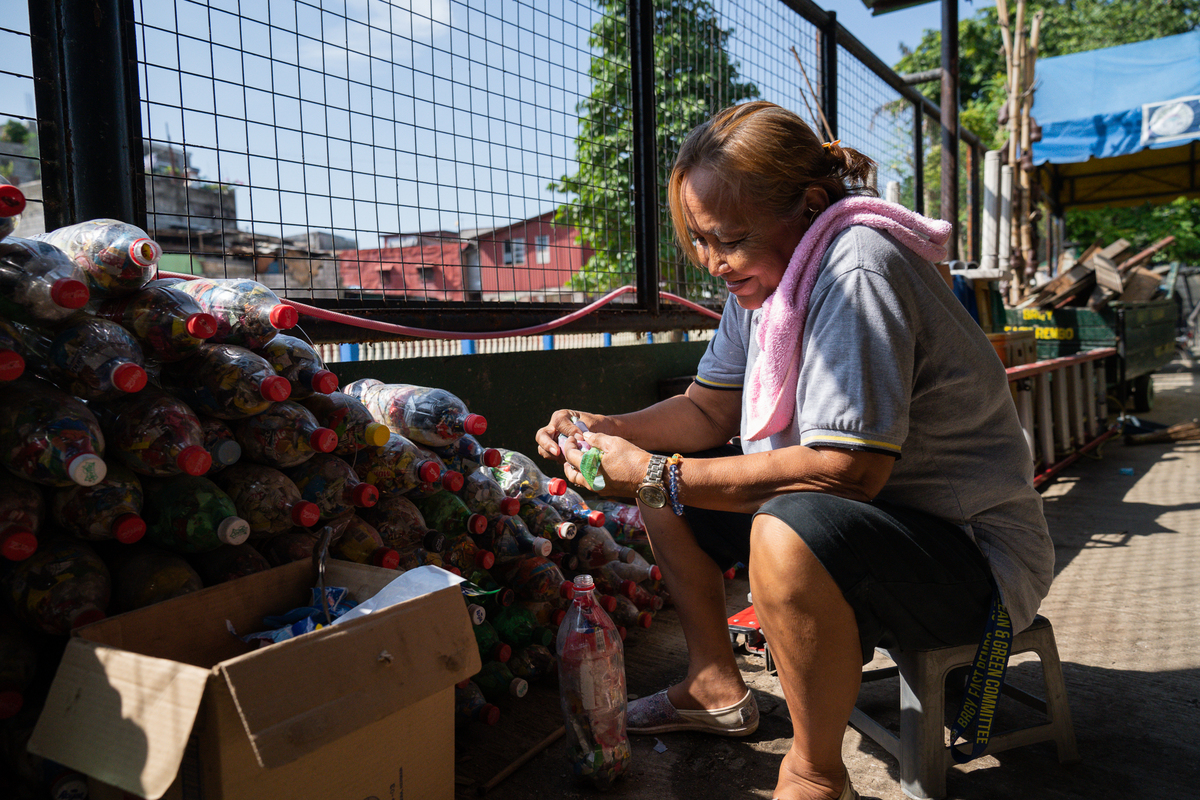




Growing food, together
East Rembo is anything but short of volunteers who are willing to devote their time to maintaining the MRF and garden. However, they needed professional help in growing big and healthy vegetables that are enough to feed a barangay.
That’s where Earwin Belen, a licensed agriculturist, came in.


He spearheaded the rehabilitation of East Rembo’s garden as part of his project for the Future Bridging Leaders Program of the Asian Institute of Management (AIM). The program looks for social innovations that will benefit communities.
“Nakita ko yung vision [ni Kagawad Noel Laude] for the farm. So, sabi ko nandoon ‘yung co-ownership kasi pareho naming iniisip paano kami makakatulong, paano kami makakapag-produce ng food.”
(I saw Kagawad Noel Laude’s vision for the farm. So, I know there’s co-ownership because we share the same vision to help and to produce food.)
Belen conducted lectures that taught the volunteers gardening tips like how to transplant the seedlings, how to properly position the seedlings so they have enough space, which kinds of fertilizers to use, and how to recycle plastic containers into pots.

The barangay was also given a greenhouse, seedlings, a shredder, and other gardening tools by the Department Agriculture (DA) through its “Pagkain Para sa Masa project” with the help of Belen.
“First time kagawad ako dito sa barangay. Isa sa mga naging malaking tulong talaga sa kumite ko nung makilala ko si Earwin Belen,” said Laude. “Isa nga sa objective ng proyekto niya is to come up with gardens not only dito sa MRF namin but especially sa mga residente.”
(I’m a first time kagawad. One of the best things that happened to my committee is when I met Earwin Belen. One of the objectives of his project is to come up with gardens not just in the MRF but in every resident’s home.)
Reaping what they sow
Since then, the volunteers have seen the garden grow to become the kind of place they’ve always wanted it to be.

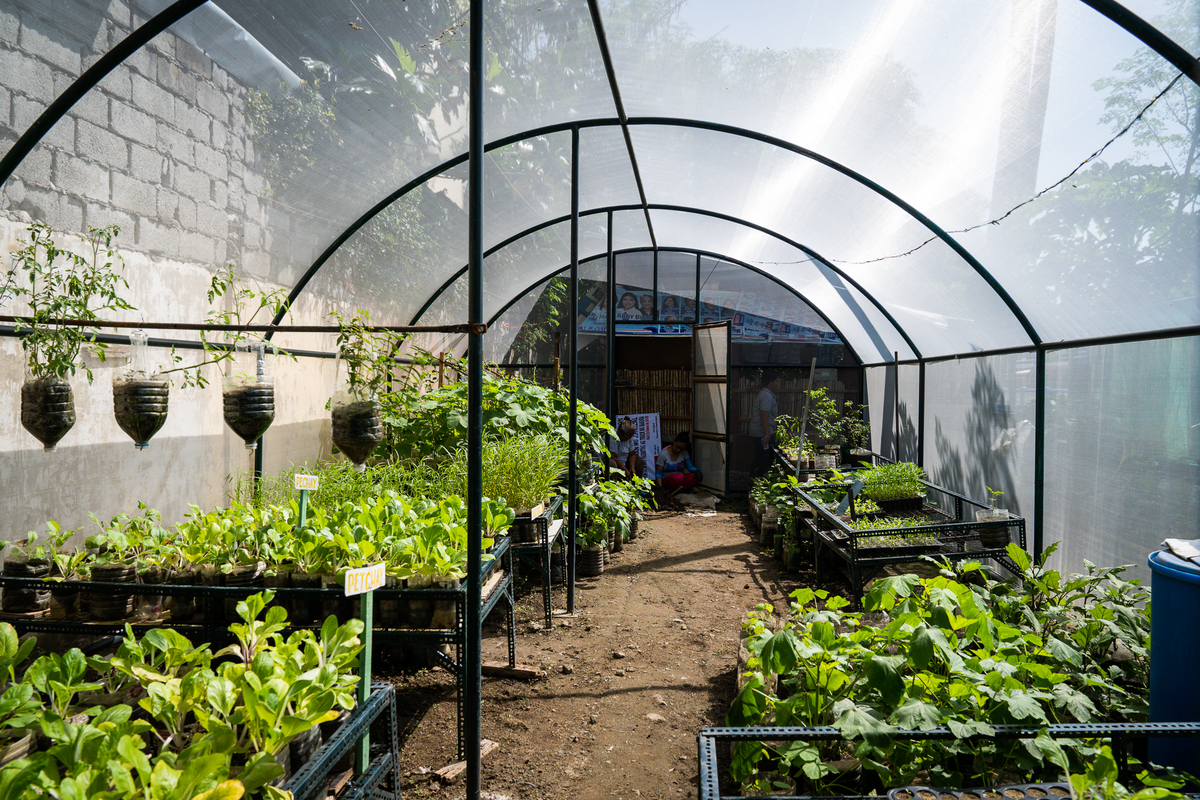
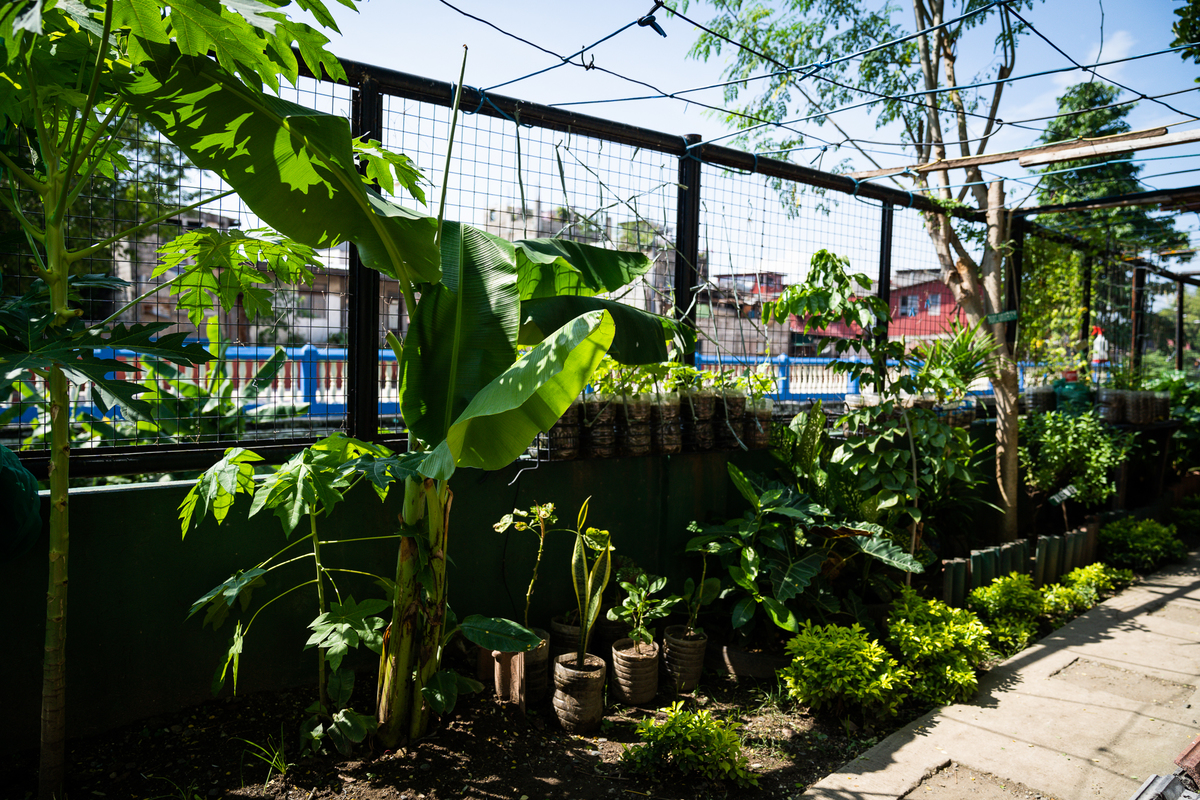
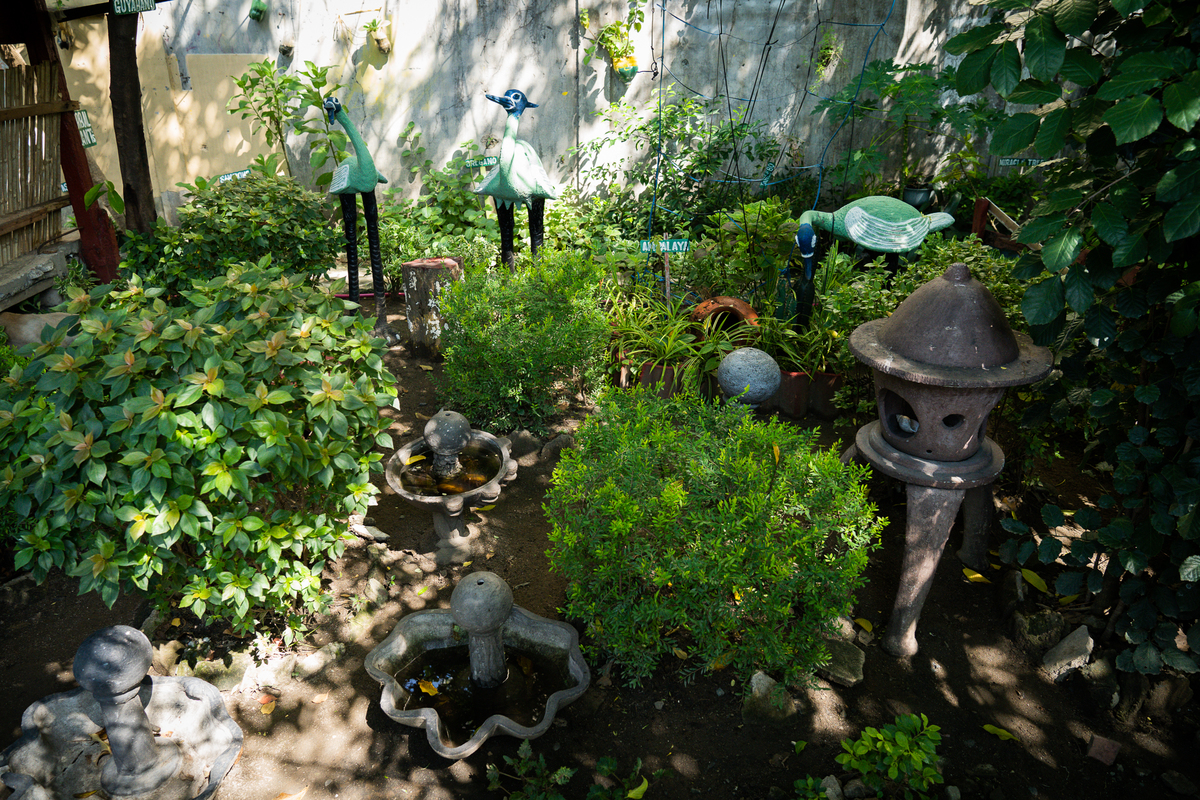
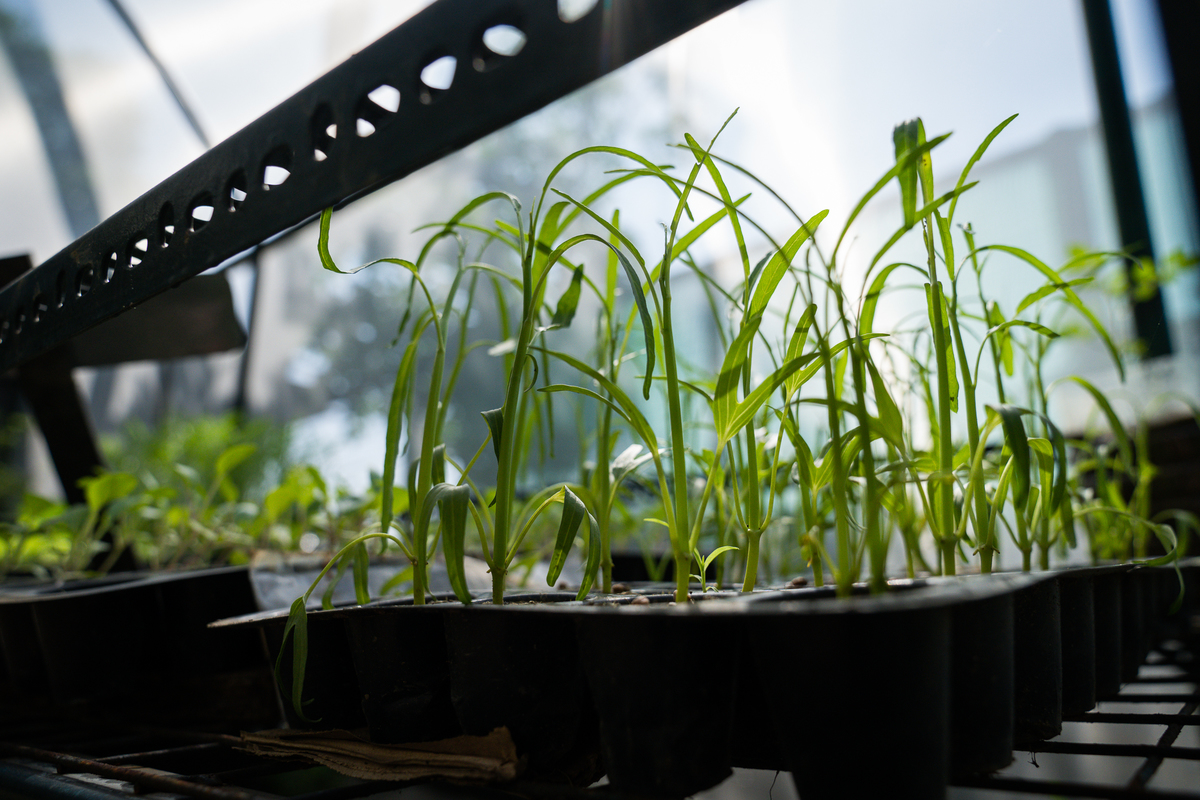
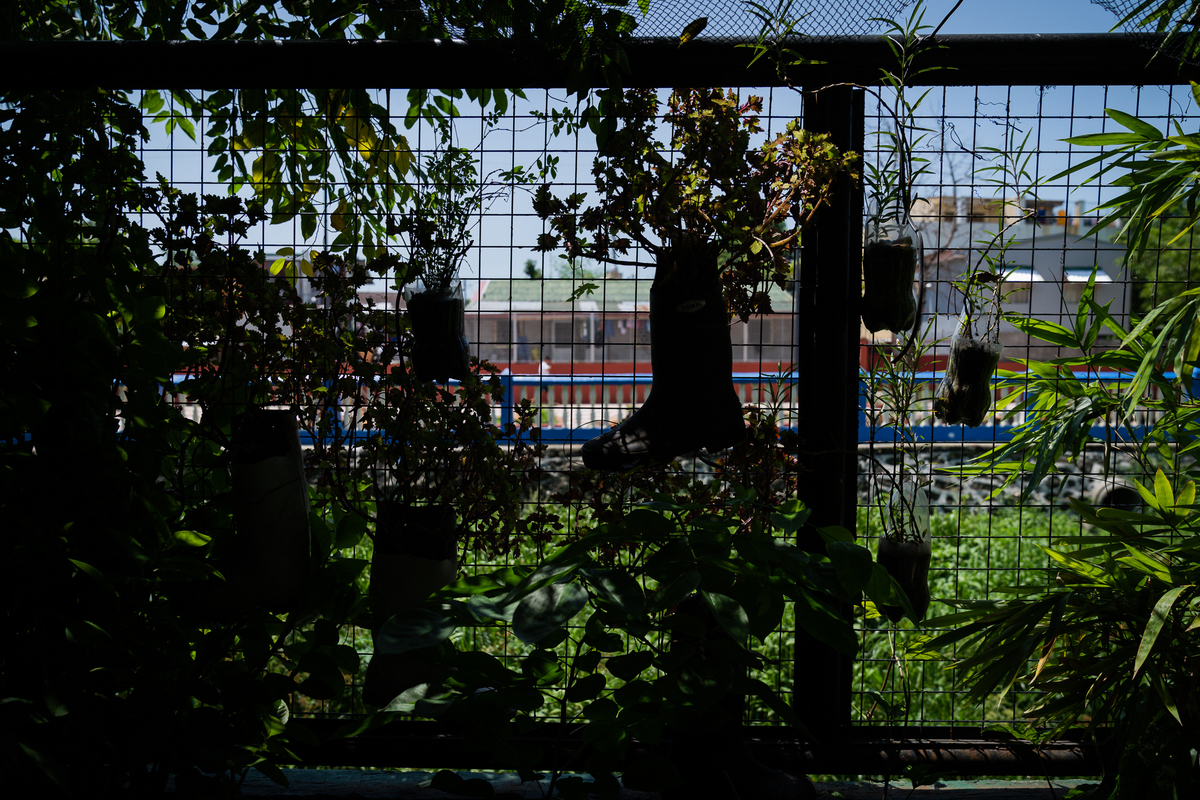


They’ve started selling the produce they’ve harvested to the barangay employees for a lower price. Sometimes they get to buy it themselves, too. Whatever they earn also goes back to the garden. They use the money to buy things like gloves and sprinklers.
And the volunteers are proud of what they’ve achieved.
“Hindi namin alam na may kakayanan pala kaming magtanim, na kaya naming bumuhay at magpalago,” said one of the volunteers.
(We had no idea we can plant. Let alone grow and nurture a garden.)
Sparking the urban farming movement

What’s happening in East Rembo is just a glimpse of the great things that could be achieved if every barangay joins the rising urban farming movement.
If everyone in the city started growing their own food, we will not only be able to save money and rely less on imported food, we will also be able to help feed not just our own families but other families in need as well. Planting is also a small but significant way to help address climate change.
That’s a goal that Barangay East Rembo intends to achieve.
“‘Yung long term vision ko for East Rembo, I want them to produce on their own, ‘yung hindi na nila kailangang mag-rely on food na galing sa labas,” said Belen. “‘Pag may dumating na problema, especially ‘yung ‘big one’ na sinasabi, ‘yung mga pagkain galing sa labas, hindi makakapasok ‘yan. But since they’re producing their own food, kaya nilang mag-survive.”
(My long term goal for East Rembo is for them to produce their own food so they don’t have to rely on food coming from the provinces. If a problem arises, especially ‘the big one’ that they’re talking about, for example, food can’t be transported. But since they’re producing their own food, they can survive.)
Kagawad Laude and his team of volunteers are all on board to make this dream come true.


“As a kagawad, meron akong 3 years term. So, hanggat narito ako sa kumite na ‘to, hindi pwedeng hindi magtuluy-tuloy ang proyekto namin ni Earwin.”
(As a barangay councilor, I have a term of 3 years. So, as long as I’m heading this committee, this project with Earwin will continue.)

If your barangay is thinking of building your own urban garden, you may get in touch with your local government units or the Department of Agriculture for assistance. You may also contact Earwin Belen for workshops through his Facebook page, Urban Agriculture PH if you want to start a small urban garden in your own home. – Rappler.com
#Detours is a column that aims to give you an inside look into the under the radar communities, groups, individuals, and practices in the Philippines.
Read more #Detours stories:
Add a comment
How does this make you feel?
There are no comments yet. Add your comment to start the conversation.